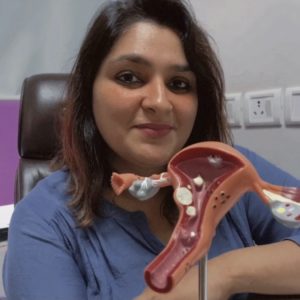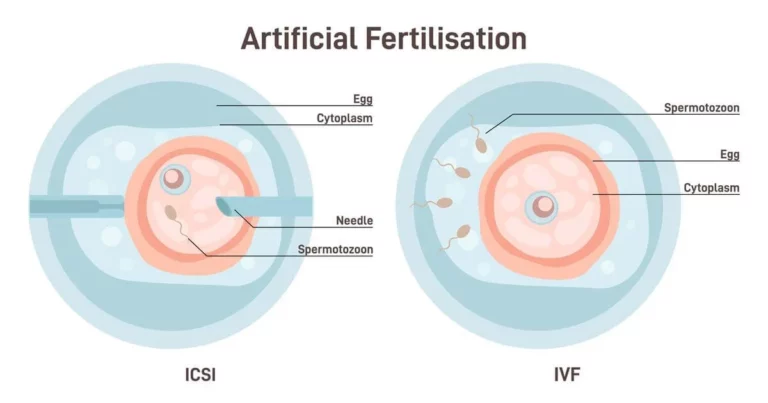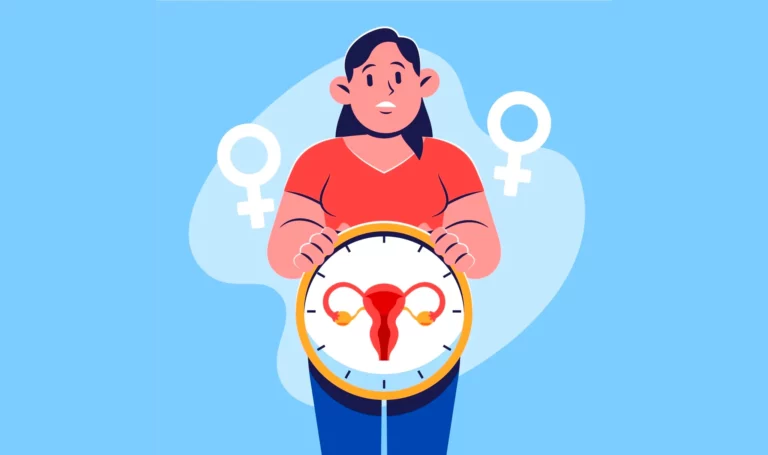Functional or structural abnormalities of the epididymis (a tube in the testicles that is responsible for transporting and maturing male sperm cells) have a significant impact on a male’s potential to induce conception.
In this article, we will be discussing epididymis, its anatomy, function, disorders and their treatments, and how a couple can get pregnant with the condition.
What is Epididymis?

In the male reproductive organ, epididymis is a narrow-round tube placed on top of testicles that attaches to both testicles. The basic function of this tube is to connect the testicles to vas deferens (reproductive organ that transports mature sperm from epididymis to urethra where it merges with semen).
Apart from connecting the testicles to vas deferens, this tube also plays its role in maturing the sperm. And, since it plays a significant part in sperm transportation and maturation, any structural and functional disorders of the tube may trigger fertility-related concerns.
Epididymis Anatomy
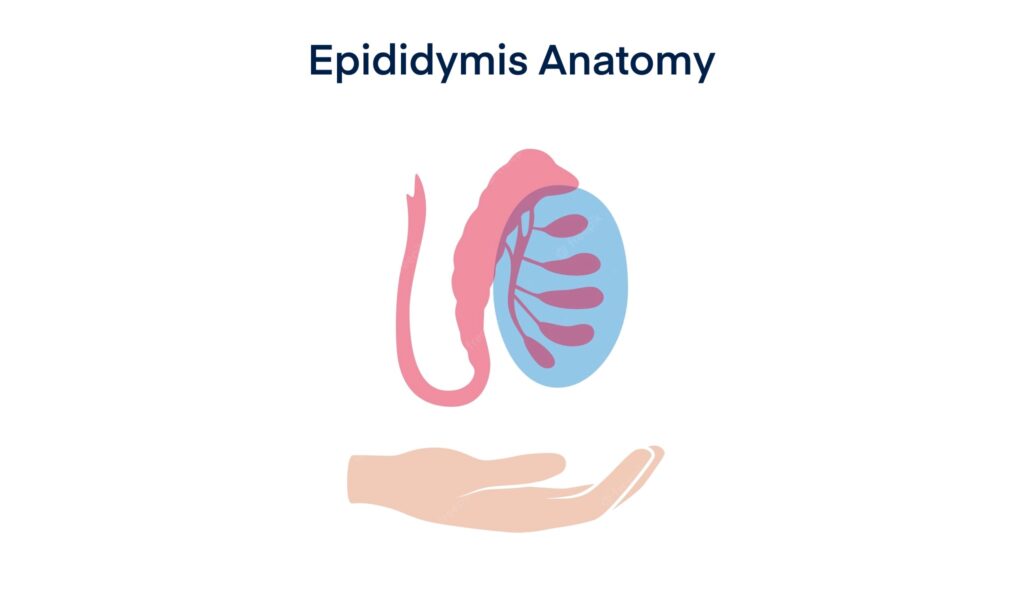
Epididymis is a narrow-long round-shaped tube that is made of three sections, caput, corpus and cauda.
- Caput is the head. Caput connects the efferent ductules (ducts in the rete testis that store immature sperm) to the epididymis. At this very phase, the sperm is immature, immotile and very diluted. As they travel ahead to the tube’s body, they enter the stage of maturation and their concentration increases.
- Corpus is the body. The sperm gains maturity and motility in the corpus.
- Cauda is the tail. The spermatozoa (mature-motile sperm) is stored in the cauda.
The shape of this tube differs throughout its path, from its head to tail. The tube is thickest in the head area and this thickness continues to reduce until tail-end. As the tube becomes thinner, the sperm becomes more concentrated. In an average adult man, the epididymis tube length is somewhere around 20 ft and the sperm may take up to 4 days to travel from the head of the tube to its tail.
Epididymis Function
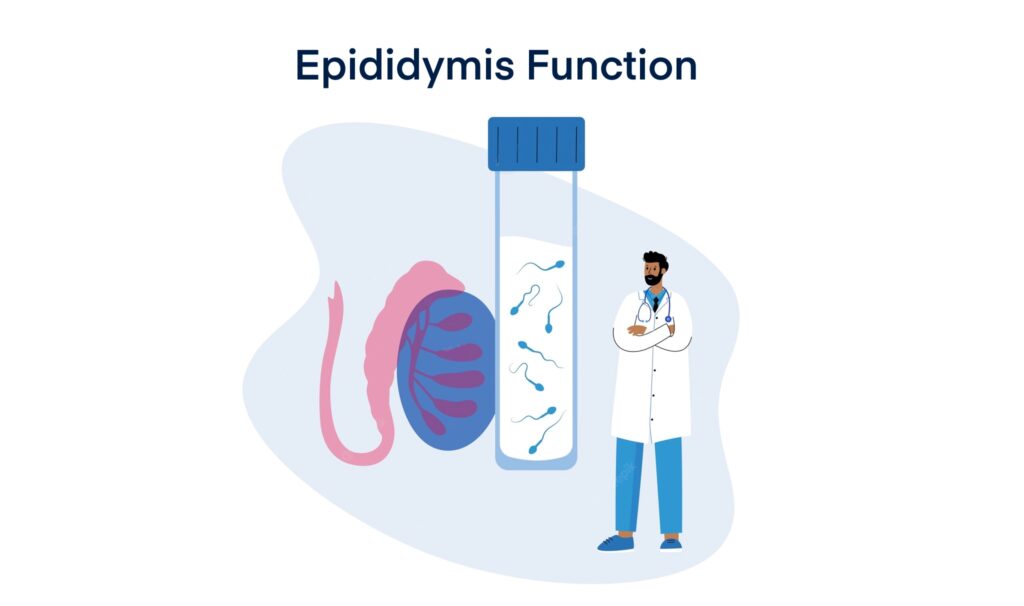
To sum it up, the basic function of the epididymis tube is to create a link between rete testis and vas deferens, to transport the spermatozoa to the urethra where it mixes with semen.
Seminiferous tubules situated in the testicles are responsible for the production of sperm. It is a system of small-round tubes that function together to produce spermatozoa.
Before puberty, testicles contain simple cells. But as a male hits puberty, a spike in follicle-stimulating hormone (FSH), testosterone and other sex hormones causes the testicles to transform these simple cells into sperm. They are not yet mature and motile, these sperm achieve maturation and ability to swim in the epididymis only. After maturation, they travel to vas deferens and then urethra where they merge with the semen-fluid and emerge on ejaculation.
Epididymis Disorders
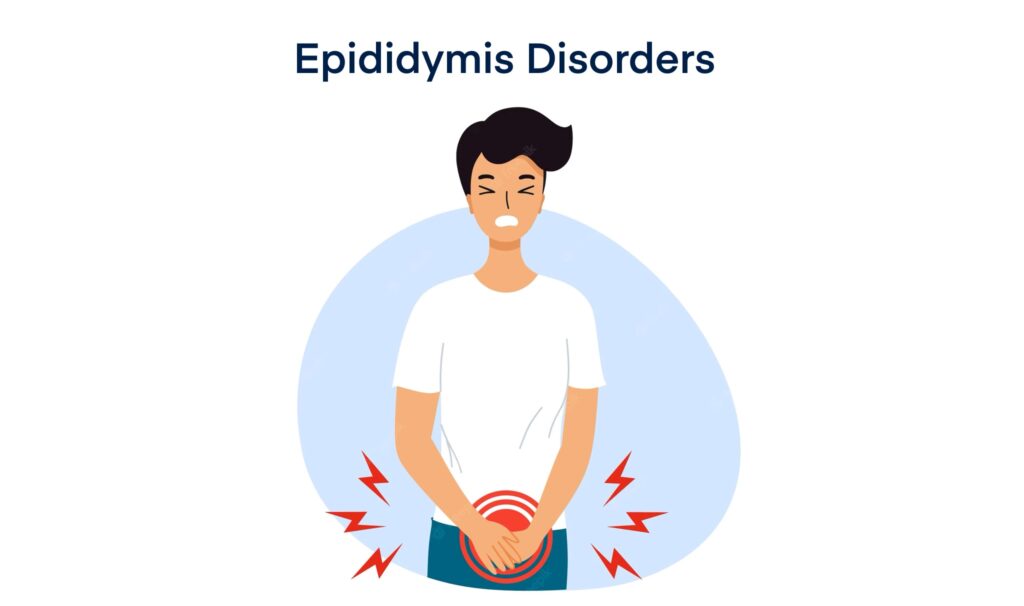
Because epididymis plays a viable role in maturing and transporting the sperm, any disorder that affects its function will impact male’s fertility. Therefore, addressing such conditions becomes necessary for men who desire to have a genetic child.
There are a few conditions that can disturb the functioning of this tube. The most common one is epididymitis.
Epididymitis
Epididymitis is an inflammation of the epididymis tube carrying sperm from rere testis to vas deferens.
It is associated with symptoms such as:
- Lumps on or swelling in the epididymis
- Severe pain in the scrotum
- Dysuria (experiencing pain, discomfort or burning-sensation during urination), and
- Hematospermia (having blood in ejaculated semen)
Common epididymis causes are:
- Bacterial infections such as E. coli, mumps and tuberculosis
- Sexually transmitted infections (STIs) such as gonorrhea and chlamydia
- Prostate and urinary tract infections
- Groin strain, and
- Blockage or other obstructions in the urethra
In most cases, epididymitis is a result of STIs. The condition can be diagnosed through an urinalysis or ultrasound-imaging of the scrotum. Common treatment available for the condition is administrating fluoroquinolone antibiotics such as doxycycline, ciprofloxacin, moxifloxacin, and ofloxacin.
Structural Abnormalities
Other than epididymitis, vasectomy (a surgical procedure that sterilizes a man) can also affect the health of epididymis. Anatomical or structural abnormalities such as epididymal cysts, epididymal agenesis, epididymal duplication and epididymal attachment problems also disturb fertility.
Getting Pregnant with Epididymitis
Any functional or structural disorder of the epididymis tube can provoke male infertility. However, men with this condition can still have a genetic child with the help of advanced assisted reproductive technologies (ARTs), using extracted sperm.
- IUI – Intrauterine Insemination
- IVF – In-vitro Fertilization
- ICSI – Intracytoplasmic Sperm Injection: In cases, when the man has other sperm disorders such as oligospermia and azoospermia. A single spermatozoa from extracted sperm will be injected directly into the female’s egg to cause fertilization.
- IMSI – Intracytoplasmic Morphologically-selected Sperm Injection: In cases, when man also has sperm abnormalities apart from epididymal disorders. A single spermatozoa with best morphology will be injected into the female’s egg for fertilization.
The Bottom Line

Epididymal disorders can affect a male’s ability to induce conception, and experiencing such infertility conditions once in a lifetime is more common than you may think. However, in some cases, the man can still conceive a genetic child with the help of available fertility treatments.
If you ever come across such an epididymal condition, seeking help from a fertility specialist might help with pregnancy.

